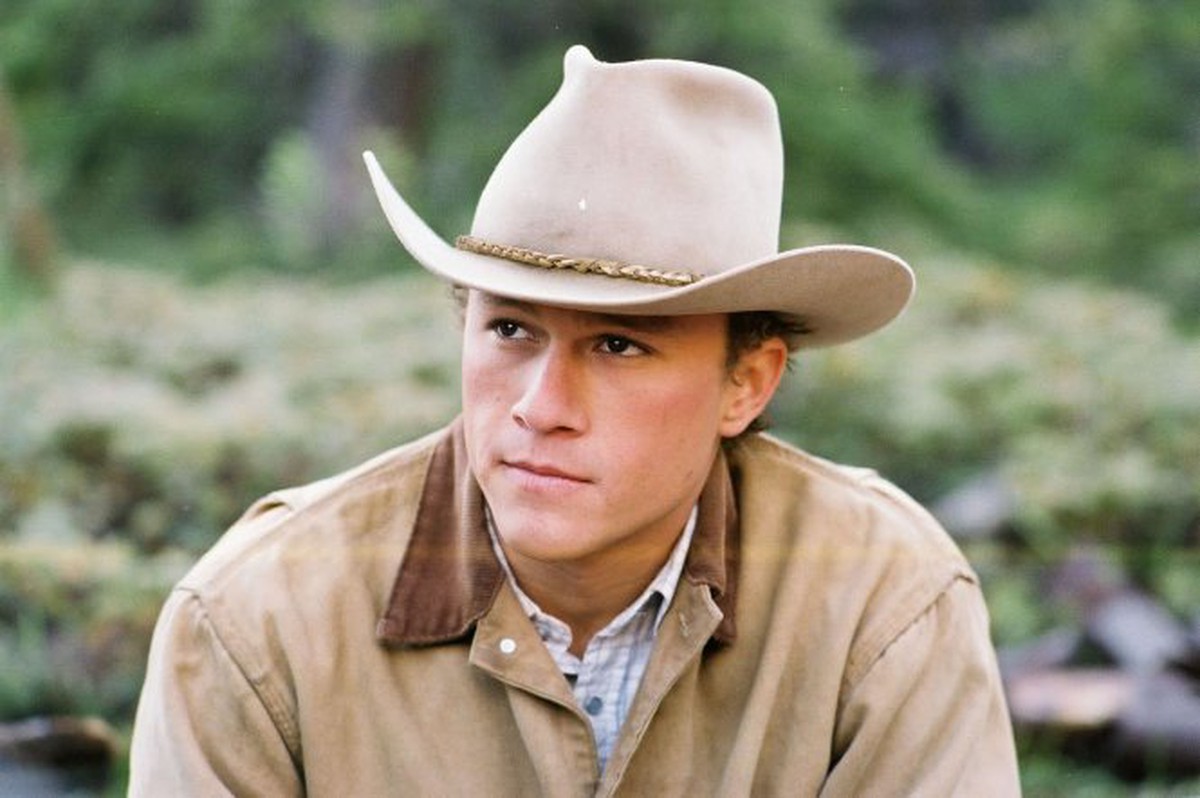The poignant love story between two cowboys, Ennis Del Mar and Jack Twist, played by Heath Ledger and Jake Gyllenhaal, explores the complexities of love amidst societal expectations. Set against the breathtaking backdrop of rural Wyoming and a story that confronts the harsh realities of love bound by tradition, the film resonated deeply with audiences.
As we delve into this emotional journey, we examine the struggles of the characters, the societal pressures they face, and the profound themes of love and loss that shape this iconic story. At its core, “Brokeback Mountain” is the story of two men whose love for each other transcends the boundaries of societal norms. Ennis Del Mar, played by Heath Ledger, is a rough-and-tumble cattleman struggling with his feelings for Jack Twist, played by Jake Gyllenhaal, a free-spirited rodeo cowboy. Their relationship begins during a summer of sheep herding on Brokeback Mountain, where they form an unbreakable bond that challenges their understanding of masculinity and love.

As they navigate their emotions, the characters become entangled in a web of duty and desire. Both men eventually marry women—Ennis marries Alma, played by Michelle Williams, and Jack marries Lureen, played by Anne Hathaway creating a profound contrast between their public lives and their private emotions. This contrast highlights the struggles many people face when love clashes with societal expectations, amplifying the emotional depth of the film. Set in the early 1960s, “Brokeback Mountain” poignantly captures the societal pressures that dictate how love is expressed. The film illustrates the harsh realities of a world where traditional masculinity often suppresses emotional vulnerability.
Michelle Williams’ character, Alma, embodies the struggle of a woman caught in her husband’s web of hidden love. Her emotional turmoil and eventual heartbreak are a reminder of the damage caused by unacknowledged desires. The film’s portrayal of Alma’s pain adds another layer to the story, emphasizing that the complexities of love extend beyond the central relationship between Ennis and Jack. The stunning visuals of “Brokeback Mountain” play a key role in heightening the characters’ emotional journeys. The vast, open landscape of Wyoming is a stark contrast to the characters’ confined lives. The mountain itself becomes a symbol of both freedom and confinement, representing a haven where Ennis and Jack can express their love without fear.

As the seasons change, so does the relationship between the two men. The beauty of the natural world mirrors their emotional ups and downs, reinforcing the idea that love, like nature, is both beautiful and violent. The cinematography captures the essence of their relationship, making the landscape an integral part of the story. “Brokeback Mountain” not only changed the landscape of cinema, but also sparked conversations about love, identity, and social norms. The film’s critical acclaim and commercial success helped pave the way for more inclusive storytelling in Hollywood. The film challenged audiences to confront their prejudices and reconsider the nature of love and acceptance.
Leave a Reply